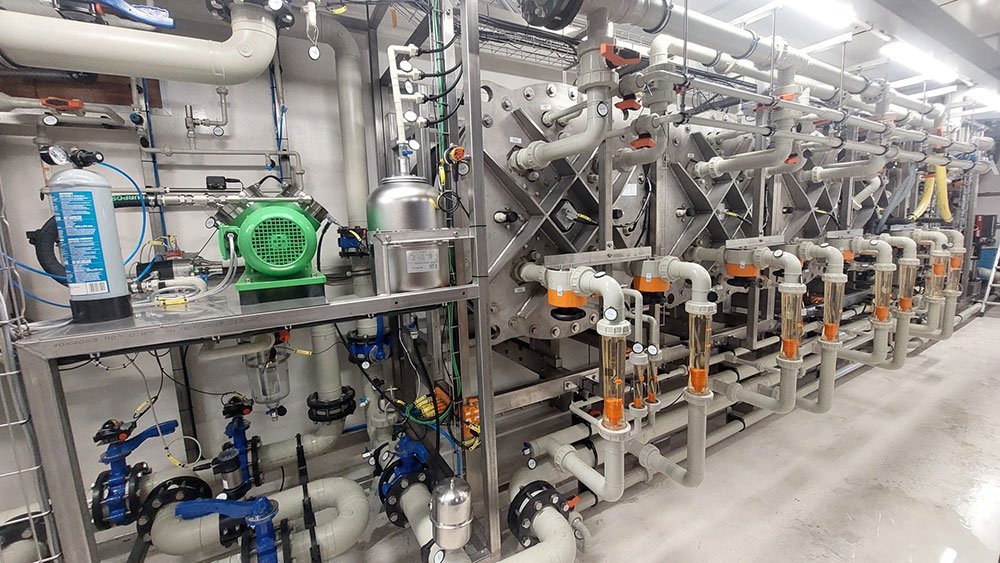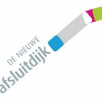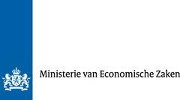REDstack produces the world’s best ElectroMembrane stacks, with the highest energy and chemistry efficiency.
About REDstack
REDstack produces the world’s best ElectroMembrane stacks, with the highest energy and chemistry efficiency. Our stacks are liquid-tight and fully closed modules, without carry-over of liquids between compartments.
ElectroMembrane Stacks are a revolutionary route to solve major environmental issues and are an imperative link to a full circular and carbon-neutral economy.
REDstack stacks can be used for removing salt by electrodialysis, but with implementation of Bipolar Membranes, the stacks can be used for removal of NH4+ from acidic scrubbers end CO2 removal from alkaline solutions in Direct Air/Ocean Capture.
ElectroMembrane stacks are now available for various applications; the electrochemistry offers solutions that are often overlooked.
REDstack has developed a unique patented stack technology, with perfect flow distribution in the stack and no carry-over of liquids between compartments.
REDstack is independent and flexible in use of various types of membranes in the stacks. We use Anionic Exchange membranes (AEM), Cationic Exchange membranes (CEM), Bipolar Membranes and spacers from a great variance of suppliers.
If you require ElectroMembrane stacks for your integrated electrochemical process solution, please contact us.

REDstack is co-funded by following public funds:




